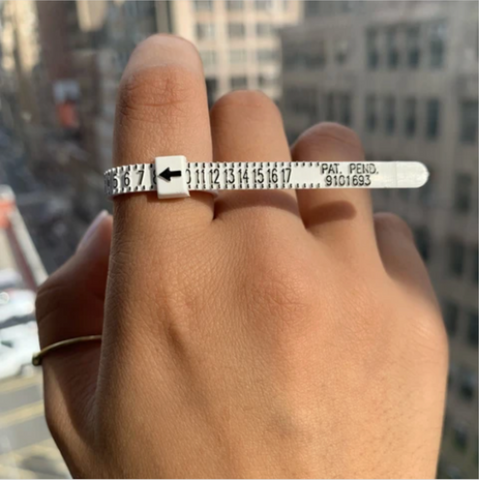The best labs, and the ones we’ll discuss first, are the GIA and AGS. They have proven to be the most consistent and trustworthy in their standards and practices.
GIA - Gemological Institute of America
The GIA stated mission is to ensure the public trust in gems and jewelry by upholding the highest standards. Established in 1931, they are an independent, non-profit organization dedicated to research and education in the field of gemology.
They are the most well-respected lab in the industry and their diamond certifications are considered the gold standard. In delivering their assessment of a diamond, they observe a wide variety of qualities and elements, and all their locations across the globe are known to have very consistent grading standards. Historically, 99.99% of all the natural diamonds that we've ever acquired were certified by the GIA, and on rare occasions we have purchased AGS graded diamonds.
Our only criticism of the GIA is that they do not currently (as of 2024) offer physically printed certificates of lab grown diamonds (only digital copies are available). While the GIA is the most sought after lab for natural diamonds, they only certify a small fraction of the lab grown diamonds on the market (about 9% as of 2024).
AGS - American Gem Society
The AGS is a non-profit, trade association with members across the professional fine jewelry industry. Founded in 1934, they operate under a high code of ethics with an emphasis on consumer protection and education.
The GIA and AGS have each developed a unique way of grading the diamond cut. The GIA uses a scale of Excellent, Very Good, Good, and Poor while AGS uses a numbered scale from 0 to 9, a 0 being considered “ideal”. The AGS was the first to institute a cut grade system, but once the GIA introduced theirs, the market share for AGS fell significantly.
Additionally, their color and clarity grading scales use a system of numbers and decimals compared to GIA’s more commonly understood D-Z color and FL-I3 clarity ranges. To some consumers this may be confusing. But the AGS uses strict guidelines and continues to be well-respected in the industry.
IGI - International Gemological Institute
The IGI is a diamond, colored stone, and lab-grown diamond certification organization. Established in 1975 with headquarters in Antwerp, the IGI is comprised of a collection of labs around the world. While they operate under the IGI umbrella, the consistency in grading varies between the global labs.
While the IGI is not as reputable as the GIA, and their standards are indeed less consistent and more lax on the color grading, they are the dominant choice for lab-grown diamond certifications. To compensate for these lower standards, we recommend buying the best quality lab diamonds (D or E color, VS1 or VVS clarity) available. And since the best quality lab diamonds are only slightly more expensive than the next grade down, we believe they are well worth the extra cost.
As of 2024, about 87% of all lab grown diamonds are certified by the IGI.
EGL - European Gemological Laboratories
Founded in Belgium in 1974, the EGL is actually a collection of independently owned franchises around the world. When comparing their certifications with other respected labs, diamonds are typically upgraded one to two grades above the true quality.
The EGL’s reports are widely considered to be unfairly upgraded, and consistency in standards across all locations is very low.
HRD - Hoge Raad voor Diamant
The HRD is a diamond grading organization based in Europe presenting itself as a European counterpart to the GIA. Claiming status as the leader in the the global diamond trade and at the forefront of research and education, the HRD is actually incredibly inconsistent and typically shows upgrades in their grading.






